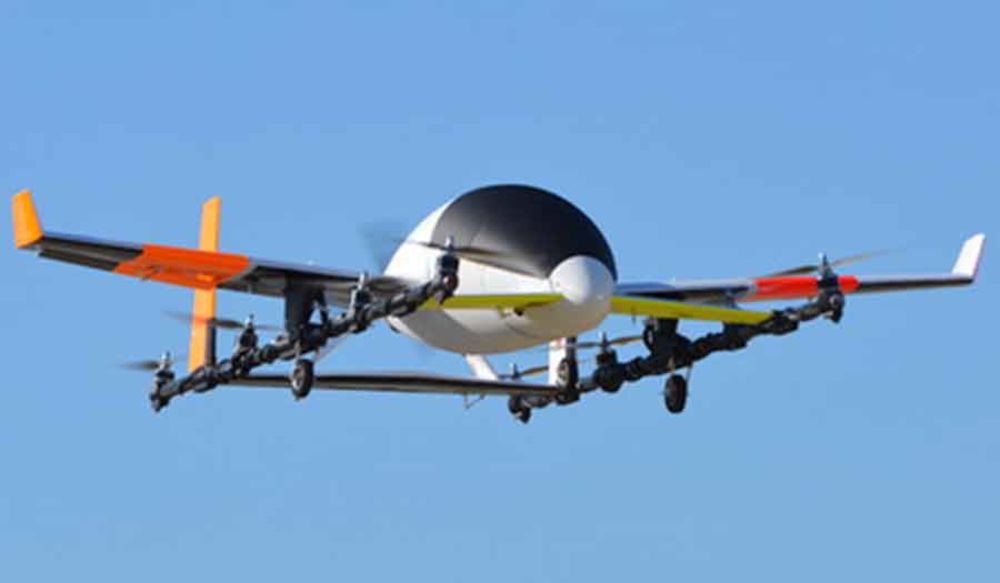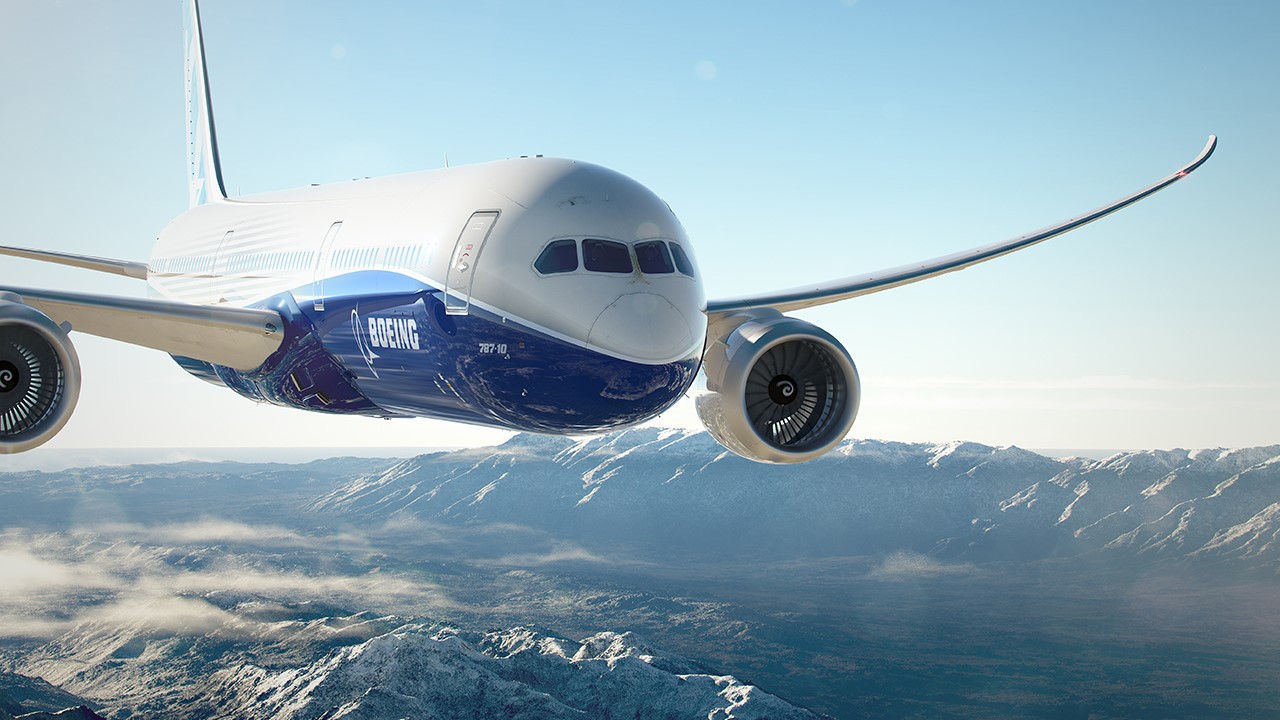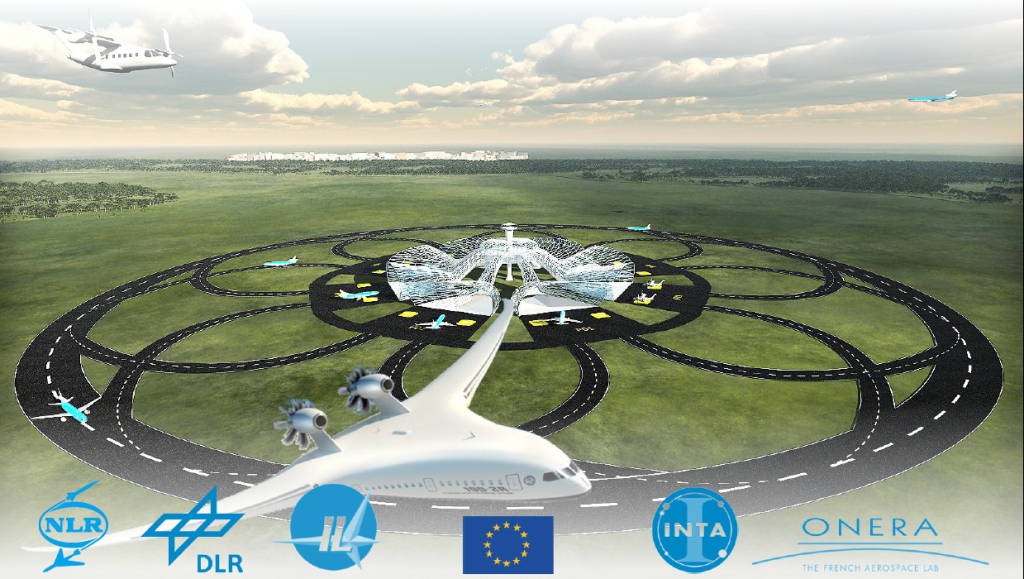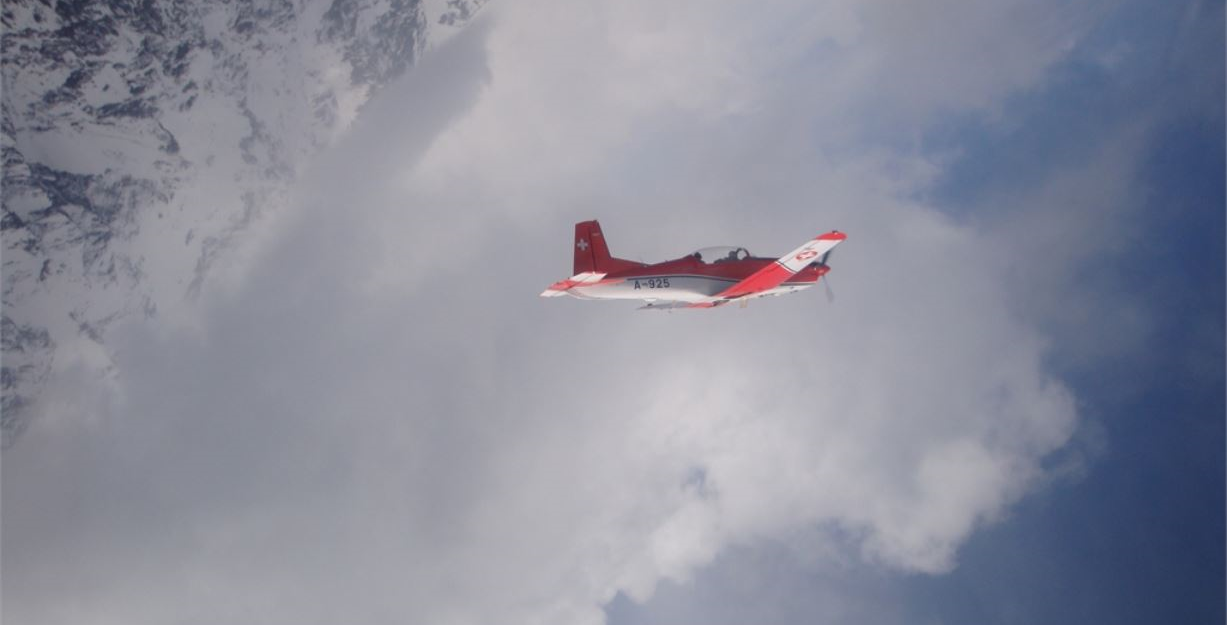World’s First Mixed Reality Trainer Developed by Airbus
The unlikely partnership between Airbus and the Microsoft Hololens has led to the development of the world’s first mixed reality trainer for aviation applications. In cooperation with Japan Airlines(JAL), Airbus has developed a prototype for training the mechanics and crew of A35 XWB using the ‘Hololens’ technology and immersive headsets.
A considerable amount of resources is focused on training the crew to develop skills required for the operation of the aircraft. This new technology will provide a cost-effective and safer alternative to the traditional training methods. The headsets enable the user to train on an interactive, virtual 3D system while being aware of their surroundings and coworkers. Trainees can access the aircraft digital data which can be viewed from any angle to vir...










